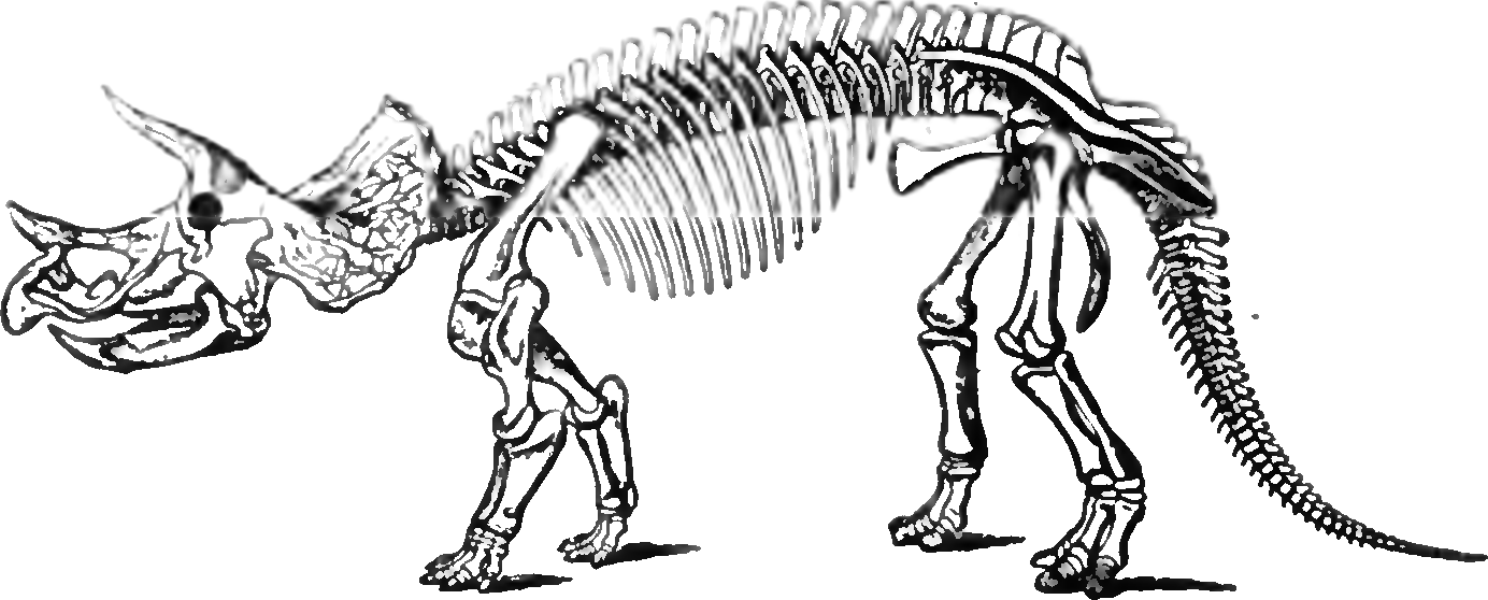<![CDATA[Fossils of a two legged dinosaur that is said to be the size of a fox and a relative of Triceratops and Stegosaurus have been discovered in Venezuela. According to reports, the fossils date back to almost 200 million years ago and it also shows that dinosaurs across the globe advanced rather quickly after a mass extinction claimed more than half of their species. This new fossil also offers a great deal of evidence to suggest that dinosaurs preferred to live in herds during the early phases of their evolution and could also dwell in regions that were previously thought to extremely inhospitable for dinosaurs. Scientists have named this new species “Laquintasaura Venezuelae”. The Greek word “Laquintasaurais” means "the lizard of La Quinta", in reference to the area where this reptile was discovered. The word “Venezuelae” means “the country of Venezuela” in reference to the country where this dinosaur was unearthed. Reports suggest that this new species was about 3 feet long and could stand up to a height of just 1 foot. Its teeth patterns also suggest that it was an omnivore. According to Paul Barrett, the lead author of the study and a vertebrate paleontologist at the Natural History Museum of London, the teeth of the dinosaur are extremely unusual. They have a triangular outline and the tops are curved backwards. He also mentions that the unique combination of features shown in this fossil is not seen in any other species of dinosaurs. He believes that the shape of its teeth suggests that plants were its main source of food, but the tall outlines and curved tips also indicate that the dinosaur took in small prey such as some of the larger insects that used to prevail during the time. The time stamp of the fossil means that these dinosaurs lived about 200 million years ago. This places them at the earliest parts of the Jurassic period, a period when dinosaurs were just about to ascend to dominating the entire globe. In fact, the time stamp also means that this particular species was alive right after the Triassic mass extinction, considered to be one of the five major mass extinctions that affected life on earth. Barrett also states that the mass extinction also helped the dinosaurs in a lot of ways as it killed many of their competitor reptiles. He also points out that the Laquintasaura and other ornithischians were fast to recover from the event and strike their claim in the food chain. What makes this discovery even more unique is that although some early saurischian dinosaurs have been found recently, early ornithischian fossils are extremely rare. Moreover, this new discovery also helps to fill a major gap in the present day knowledge of the evolution of dinosaurs. Barrett believes that it would be extremely useful if more research on the specific environment that these bones came from could be conducted. More research on the processes that led to the concentration of these bones in the rich form that they were found in could also prove to be extremely useful in understanding the conditions during the time. The group has detailed its findings in the journal Proceedings of the Royal Society on August 6, 2014. ]]>
Relatives of the Triceratops Discovered
